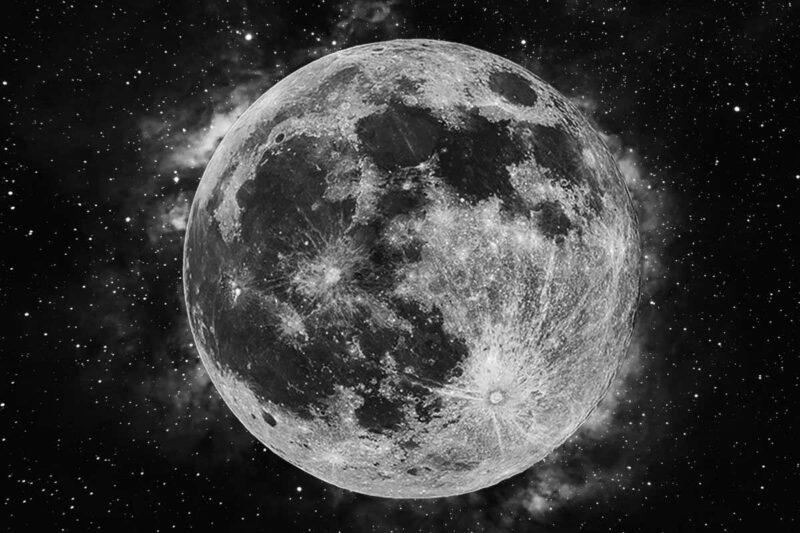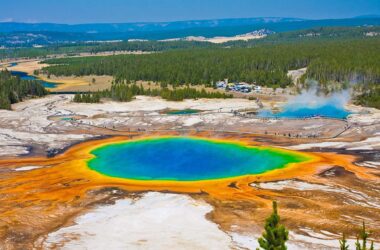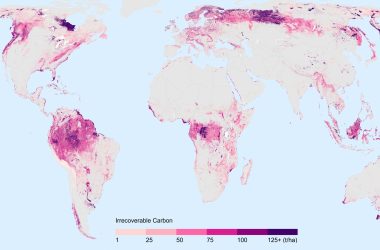Launching a continuous stream of dust from the moon could be a potential solution to combat climate change.
Paola Iamunno/Getty Images/iStockphoto
Scientists are exploring the concept of launching a cloud of dust from the moon to block sunlight from reaching the Earth as a way to reduce global warming. However, implementing this strategy would require extensive research and understanding of its potential effects on agriculture, ecosystems, and water quality worldwide.
Past studies have suggested that placing over 100 million tonnes of dust between the Earth and the sun could partially shade our planet and help mitigate climate change. These dust particles would absorb or scatter light energy, preventing it from reaching Earth.
To achieve this, the dust would need to be positioned at the first Lagrange point (L1), approximately 1.5 million kilometers away from Earth, where the gravitational forces of the sun and Earth cancel each other out.
Previous research has focused on placing dust at L1, but the solar wind and energy from photons emitted by the sun can gradually displace the dust from its desired position, requiring constant adjustments.
In a recent study, Benjamin Bromley and his colleagues at the University of Utah conducted thousands of computer simulations and found that continuously launching a stream of lunar dust directly from the moon’s north pole towards L1 at a speed of 2.8 kilometers per second could be a more effective approach.
According to the simulations, each dust particle propelled in this manner would block sunlight for approximately five days before dispersing throughout the solar system.
Taking into account the gravitational forces of the sun, Earth, and other planets, as well as non-gravitational forces like the solar wind, the researchers concluded that maintaining a dust shield weighing one million tonnes near L1 for a year could decrease sunlight reaching Earth by 1.8 percent. This is equivalent to blocking out sunlight for six days.
Ben Kravitz, a scientist at Indiana University, Bloomington, suggests that if this method proves effective, it could offset the increase in carbon dioxide levels since the industrial revolution. However, the feasibility and cost-effectiveness of implementing such a strategy would need to be carefully evaluated.
While the simulations did not account for the machinery required to launch lunar dust towards L1, Bromley suggests using a railgun powered by solar panels near the launch site.
However, Kravitz warns that shading the entire Earth would have varying effects in different regions, impacting temperature, precipitation, wind patterns, and other factors crucial for agriculture, ecosystems, and water quality.
Before implementing a strategy like this, extensive engineering studies would need to be conducted by multiple international agencies and overseen by the United Nations, according to Curtis Struck at Iowa State University. In addition, the potential inaccuracies in dust launch and dispersion, along with their unknown consequences, would need to be thoroughly investigated.
Furthermore, while exploring methods like this, it is crucial to continue efforts to reduce greenhouse gas emissions on Earth. Bromley emphasizes that the dust shield solution would merely buy more time.
Topics:








